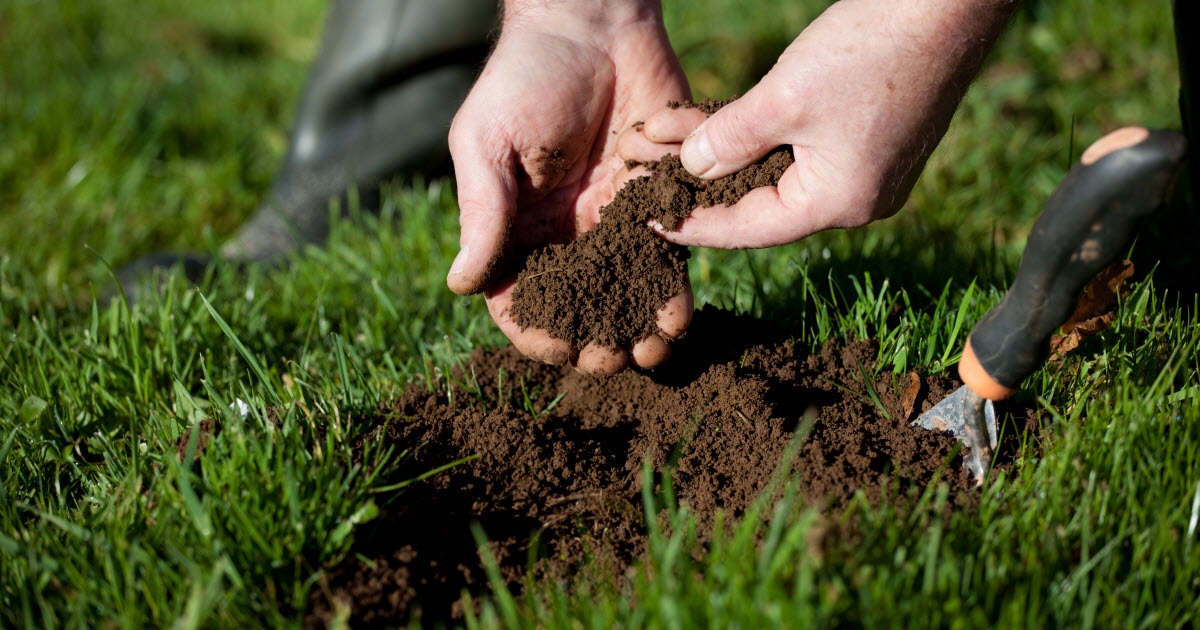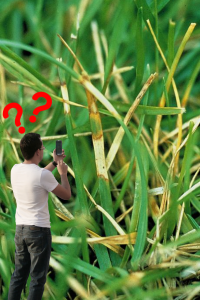Your foundation
A beautiful and thriving garden or lawn starts with one vital factor: your soil. It may seem like just dirt, but beneath the surface lies a hidden world that directly impacts the health and growth of your plants. That’s why soil testing is essential for every garden enthusiast. Let’s explore together why soil testing matters and how we can go about getting it tested.
Unlocking the secrets of your soil
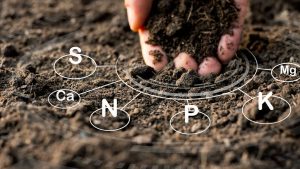 Did you know that soil is more than just dirt? It’s a blend of minerals, organic matter (such as dead plant life), water, and living organisms. By conducting soil tests, you can uncover valuable insights about your soil’s unique composition, which helps you make informed decisions to nurture your plants effectively.
Did you know that soil is more than just dirt? It’s a blend of minerals, organic matter (such as dead plant life), water, and living organisms. By conducting soil tests, you can uncover valuable insights about your soil’s unique composition, which helps you make informed decisions to nurture your plants effectively.
Cracking the ph code
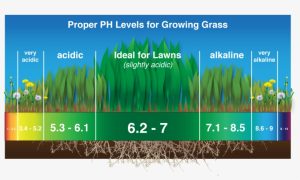 One thing you’ll learn about your soil is its pH. Soil pH plays a crucial role in plant health and nutrient availability. Different plants thrive in specific pH ranges. For example, azaleas really love more acidic soils(5 – 5.5) while lavender and forsythia love more alkaline soils(7 – 8). Your typical grass will prefer soil that is just ever so slightly acidic to neutral (6.2 – 7). By testing your soil, you can determine if it’s acidic, neutral, or alkaline. This knowledge empowers you to choose the right plants for your soil and make adjustments if necessary using simple soil amendments like lime or sulfur.
One thing you’ll learn about your soil is its pH. Soil pH plays a crucial role in plant health and nutrient availability. Different plants thrive in specific pH ranges. For example, azaleas really love more acidic soils(5 – 5.5) while lavender and forsythia love more alkaline soils(7 – 8). Your typical grass will prefer soil that is just ever so slightly acidic to neutral (6.2 – 7). By testing your soil, you can determine if it’s acidic, neutral, or alkaline. This knowledge empowers you to choose the right plants for your soil and make adjustments if necessary using simple soil amendments like lime or sulfur.
Feeding your plants right
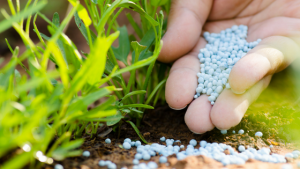 Plants require essential nutrients like nitrogen, phosphorus, and potassium for healthy growth. Soil testing provides valuable information about the nutrient levels in your soil. This can help you know how to tailor your fertilization approach, ensuring your plants receive the precise nutrients they need. Say goodbye to guesswork and hello to healthier, more vibrant plants!
Plants require essential nutrients like nitrogen, phosphorus, and potassium for healthy growth. Soil testing provides valuable information about the nutrient levels in your soil. This can help you know how to tailor your fertilization approach, ensuring your plants receive the precise nutrients they need. Say goodbye to guesswork and hello to healthier, more vibrant plants!
Troubleshooting Soil Imbalances
Soil testing helps identify nutrient imbalances or excesses that can impact plant health. It reveals if certain nutrients are lacking or if there’s an overabundance. Another example that we have come across is an over abundance of salt in certain areas where salt blocks have been used for livestock or wild game animals. Armed with this knowledge, you can take proactive steps to restore balance, such as adjusting fertilization or applying targeted soil amendments. Your plants will thank you for the customized care!
Enhancing Soil Structure
Soil testing also sheds light on your soil’s texture and structure. Is it sandy and quick-draining, or clayey and prone to compaction? Knowing your soil’s characteristics helps you implement strategies to improve its structure. With simple techniques like adding organic matter or aerating the soil, you can create a thriving environment for your plants’ roots.
How to Conduct a soil test
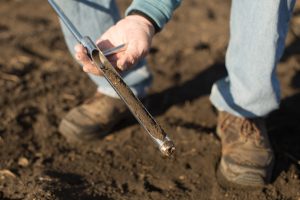
Performing a soil test is easier than you might think. You can purchase a soil testing kit from a local garden center or send a sample to a professional soil testing laboratory. Here’s a general overview of the process:
- Collect small soil samples from different areas of your garden or lawn using a clean trowel or soil probe.
- Take samples from the topsoil, about 4 – 6 inches deep.
- Combine the samples in a clean container, removing any debris, stones, or grass.
- Allow the soil to air dry and follow the specific instructions provided with your soil testing kit or laboratory.
Conclusion
Your soil holds the key to a thriving garden or lawn. By understanding its composition, pH levels, nutrient content, and structure through soil testing, you can unlock the secrets of your soil and provide the optimal conditions for your plants to flourish. Embrace the power of soil testing, and watch as your garden transforms into a haven of beauty and vitality.
Remember, soil testing is a simple yet essential step, particularly when starting a new garden or facing ongoing plant health issues. Invest in understanding your soil, and you’ll be rewarded with the satisfaction of seeing your plants thrive like never before.



